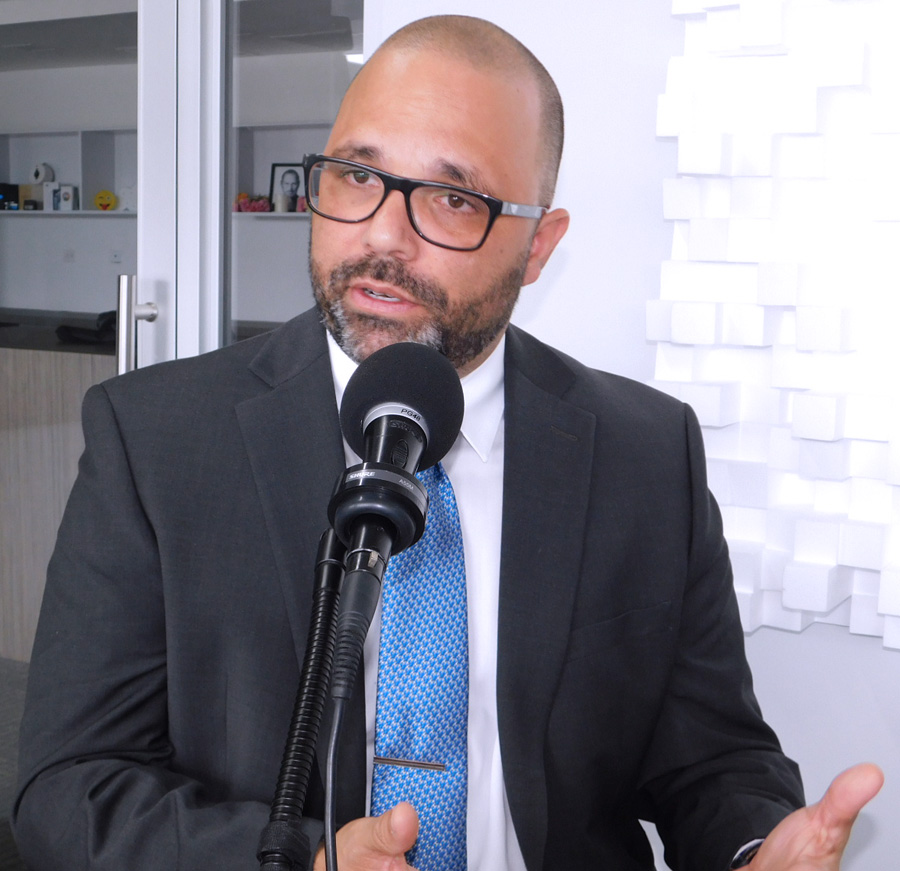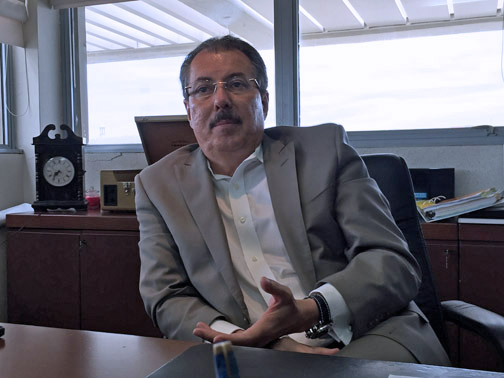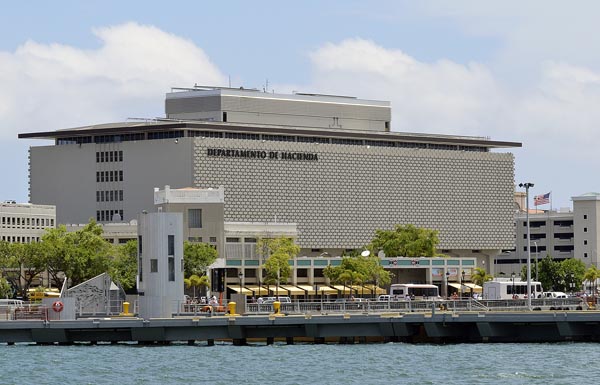Gov’t to tackle expected $1.8b revenue loss from end of Law 154 tax credit

The government of Puerto Rico will establish work groups comprising local and federal officials, as well as private-sector executives, to brainstorm on potential alternatives to offset the loss of federal credits granted for taxes paid by manufacturing companies under the Commonwealth’s Law 154.
The tax credits, which will be phased out by the U.S. Department of Treasury, reimburse companies some $1.8 billion that the local government has shored up annually since Law 154 was enacted in 2010.
Economic Development and Commerce Secretary Manuel Laboy confirmed the plan during an interview on the “En Una Hora” program on 11Q 1140 AM in which News is my Business participates.
In general, Law 154 established a special 4% tax on Controlled Foreign Corporations (CFC) on the acquisition of tangible personal property manufactured, in whole or in part, in Puerto Rico and related services provided by an entity on the island.
Since its enactment, the U.S. Internal Revenue Service has allowed U.S. companies that paid the tax in Puerto Rico to claim it as a credit applicable to its federal tax liability.
The Act was supposed to be temporary but was amended and extended so that it would stay in place until at least 2027, parallel to the Fiscal Plan the government submitted to the Financial Oversight and Management Board for Puerto Rico.
The tax credit has remained in effect during several local administrations, but in a meeting held Tuesday in Washington D.C., U.S. Treasury Secretary Steven Mnuchin told Gov. Wanda Vázquez that the government of Puerto Rico has to start looking for alternatives.
“We’re going to establish technical work groups between the government of Puerto Rico, the government of the United States — specifically Treasury — and, at my suggestion, representatives from the companies that pay the tax here to find a solution that’s good for the U.S. government, the government of Puerto Rico and acceptable for companies that pay it,” Laboy said.
The work groups will include representation from the Department of Economic Development and Commerce, the Puerto Rico Treasury Department and the Fiscal Agency and Financial Advisory Authority, which he described at the “Puerto Rico triangle.”
“The ‘Puerto Rico triangle’ will then start the discussions and evaluate the different alternatives. I believe the premise is simple: We will not be able to continue charging the tax. We could, but it would make no sense in competitive terms if the U.S. Treasury doesn’t offer the credit,” Laboy said, adding the Law 154 tax could be replaced by a modified corporate income tax structure.
But that would mean convincing each CFC operation to voluntarily renegotiate their tax decree, he said.
Replacing $1.8 billion in revenue is “no easy task for the government,” he said.
“But we also don’t want to risk eroding the industrial base or putting the operations of some of these companies on the island at risk,” Laboy said.
Although Treasury did not give a specific deadline for when the tax credit will end, Laboy suggested it could be in three to five years, with a transition period included.
“This has to be something that protects or substitutes the revenue generated for the government and that allows Puerto Rico to be competitive so that it can continue attracting and retaining manufacturing operations,” he said. “They know it can’t be done overnight, because it could have a disastrous outcome for Puerto Rico.”
A loss of major manufacturing operations could trigger a domino effect, as those companies generate thousands of direct and indirect jobs, he said.
Investments in the pipeline
During the interview, Laboy said the Department of Economic Development and Commerce will be making several announcements in coming weeks and months of expansion plans in the pipeline in the manufacturing sector.
Although he refrained from disclosing the names of the companies, he said there is a medical device firm planning an $80 million expansion and a pharmaceutical with plans to pump $50 million in its local operation. An aerospace operation will also grow its local footprint, Laboy said.
Announcements will also be made regarding the arrival of three new companies — a pharmaceutical and two aerospace operations, he added.












It is time for Puerto Rico, public and private sector to start focusing on priorities for economic growth. A shopping list of projects does not cut it!!!!! Why do they continue to fumble and wait for somebody to come and submit investment projects? Where is the economic plan for the Opportunity Zones? Time to wake up to the fact that the USA does not want us and it is up to us to start pulling our bootstraps!!!!